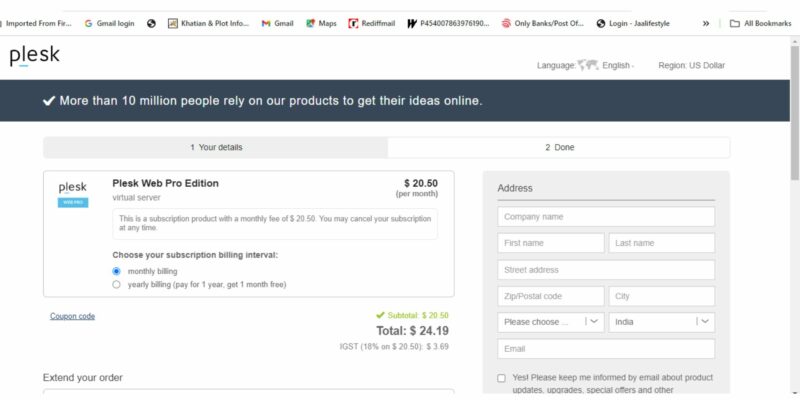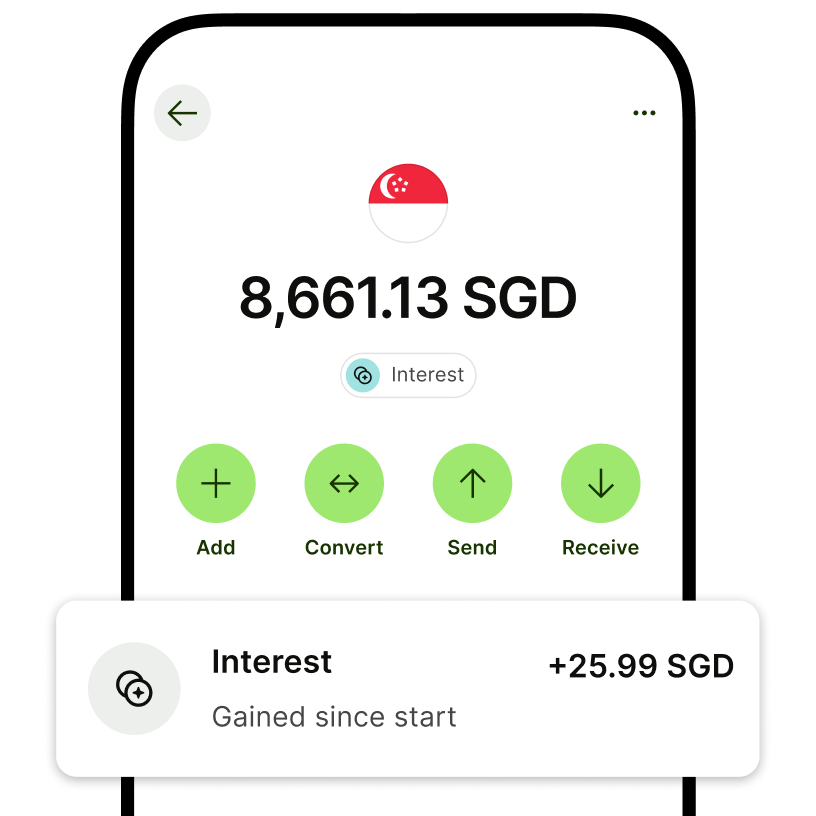Consider participating in the Snowflake Startup Challenge.
They’re looking for early-stage startups that are building innovative applications and products powered by Snowflake’s Data Cloud to apply for Startup Challenge. Snowflake is excited to be partnering with the New York Stock Exchange (NYSE) to bring this year’s Startup Challenge to the next level.
The top three startups may receive:
- Up to $1 million in investments for the top three finalists from Snowflake
- Mentorship from industry leaders at NYSE-listed companies
- Global marketing exposure
- Opportunity to ring the NYSE bell
The deadline to submit applications is March 1, 2024, so don’t miss out on this exciting opportunity!
Looking forward to hearing about your startup!
Why is Snowflake so popular?
byu/francesco1093 indataengineering




















